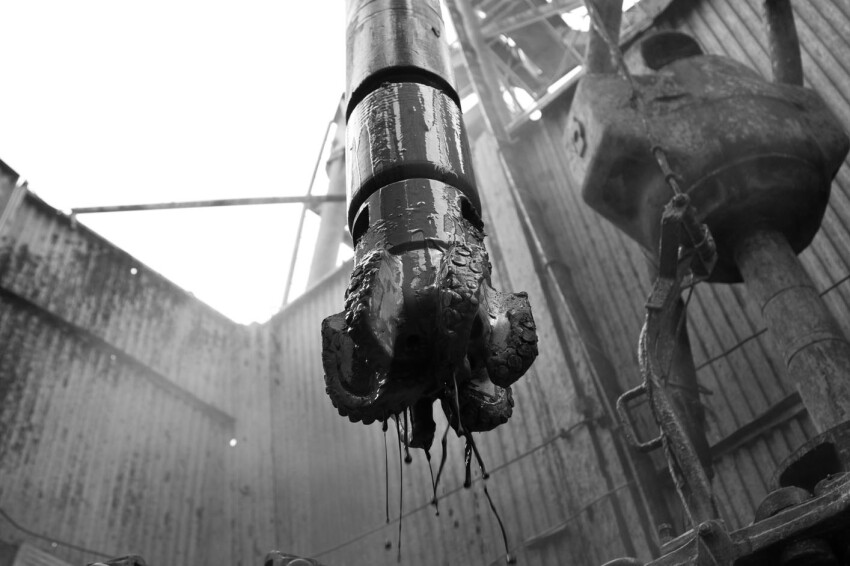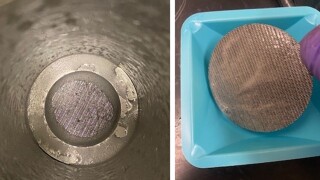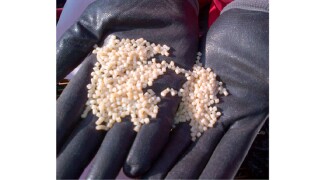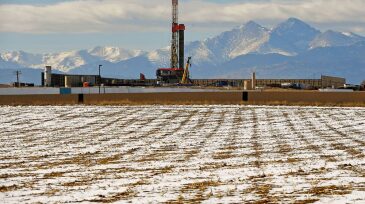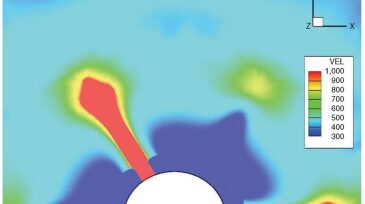Drilling
This research aims to develop a fluid-advisory system that provides recommendations for optimal amounts of chemical additives needed to maintain desired fluid properties in various drilling-fluid systems.
This paper describes development of a high-temperature water-based reservoir drill-in fluid using a novel synthetic polymer and customized with optimal chemical concentrations and sized calcium carbonate.
In this case study, a geomechanics-based approach was used to create bridging and sealing at the fracture aperture using a biparticle self-degradable lost-circulation-fluid system.
-
Months after a pair of deadly explosions in the Colorado oil patch, drilling stocks remain hobbled by the specter of a regulatory clampdown.
-
Phrases such as “dawn of the new age of the oil and gas industry,” and “the fourth industrial revolution” echoed through halls of SPE events in 2017 and into the new year, with rapid advancements in big data management, digital connectivity, and high-performance computing.
-
This paper details the operational effects of closed-loop drilling to demonstrate its ability to yield operational-process-safety improvements and cost savings over conventional methods.
-
This paper discusses the technical challenges related to implementing a rigsite, real-time drilling advisory system and current solutions to these challenges.
-
An operator partnered with the drilling-automation research group at The University of Texas at Austin to develop a work flow for big-data analysis and visualization. The objectives were to maximize the value derived from data, establish an analysis toolkit, and train students on data analytics.
-
Considering the significant weight of drilling costs in upstream ventures, saving even a few hours of drilling could lead to substantial cost savings on the overall capital expenditures (Capex). Thanks to the big data revolution, cost optimization still has strong potential in drilling operations.
-
Coreflooding is one of the principal tools through which we qualify drilling and completion fluids and assess the potential for formation damage, but is it relevant? By “relevant,” I mean does it give an accurate portrayal of the likely performance of the selected fluids.
-
An extensive laboratory study was carried out with two objectives: to evaluate the effect of water quality on injectivity of disposal wells with reservoir core plugs and to restore injectivity of damaged wells.
-
A reservoir-conditions coreflood study was undertaken to assist with design of drilling and completion fluids for a Norwegian field. Multiple fluids were tested, and the lowest permeability alterations did not correlate with the lowest drilling-fluid-filtrate-loss volumes.
-
The complete paper presents a numerical work flow to simulate the effect of flow-induced fines migration on production decline over time in deepwater reservoirs.

